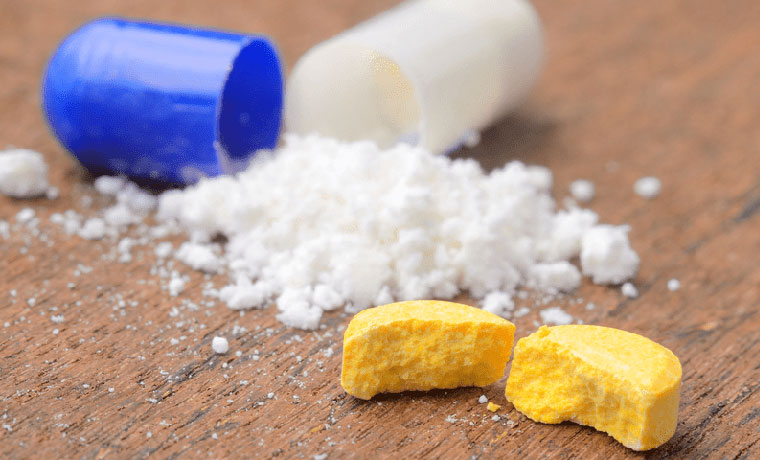
The Benzoates are rapidly and almost completely absorbed from the gastrointestinal tract. They are detoxified in the liver by conjugation with glycine resulting in hippuric acid formation. Body eliminates hippuric acid through urination. Employed in a wide range of applications because of its combinations of bactericidal and bacteriostatic. It is the most effective preservative against yeast & mould.
Healthy individuals may tolerate 0.5g benzoate per day in concentration of 0.1% without any ill effect. Dogs can tolerate 1.7 g/ kg of body weight without any danger. It is the safest food additive without any toxicity, no side effect and tastelessness. It is also environmentally safe.
| Description | White crystalline granules flakes or powder almost odourless |
| Solubility | Freely soluble in water and sparingly soluble in ethanol (95%) |
| Identification | a) A 10% solution of Sodium Benzoate in water gives a buff coloured precipitate with ferric chloride solution. b) Gives yellow crystalline precipitate with uranyl zinc acetate solution. c) Flame test Sodium benzoate gives a distinct golden yellow flame. d) The melting range of the precipitate obtained with HCI shall be between 121.5⁰ C to 123.5⁰ C |
| Alkalinity /acidity | 0.2ml Max of 0.1M HCl/0.1N H2SO4 or 0.1M NaOH |
|
Purity (as C7H5O2Na percent by mass) |
99.5% min. |
| Electrolyte | # Used as electrolyte in batteries # Used in electrolysers for producing hydrogen gas |
| Chlorinated organic compound | 25 ppm max. |
| Loss On Drying/ Moisture | 1.5 % max |
| Heavy Metals | 10 ppm max |
| Readily carbonizable substances | 10% solution of sodium benzoate in sulphuric acid shall have less colour than the matching fluid. |
| Readily oxidizable substances | Not more than 0.5 ml of 0.1 N KMnO4 Shall be required by 1.0 g of sodium benzoate. |